The Australian beef industry has long been recognized for its commitment to quality, with Angus cattle playing a prominent role in delivering some of the world's finest grain-fed beef. One of the key factors influencing the flavor, tenderness, and overall eating experience of this premium beef is the duration of grain feeding, commonly referred to as "days on feed." This metric not only impacts the final product but also reflects the careful balance between animal welfare, economic viability, and consumer expectations.
Grain feeding is a practice where cattle are transitioned from pasture to a controlled diet primarily consisting of grains such as barley, wheat, and sorghum. This process enhances marbling—the intramuscular fat that contributes to the rich, buttery texture of high-quality beef. In Australia, Angus cattle are typically grain-fed for periods ranging from 70 to over 300 days, depending on market requirements and desired meat specifications. The choice of feeding duration is a deliberate decision made by producers, influenced by factors such as target markets, seasonal conditions, and cost considerations.
The Science Behind Grain Feeding
The transformation that occurs during grain feeding is both an art and a science. When cattle are introduced to a grain-based diet, their metabolism shifts to accommodate the higher energy intake. This change promotes the development of marbling, which is crucial for achieving the superior eating quality associated with brands like Australian Angus. The length of the feeding period directly affects the extent of marbling, with longer feeding times generally resulting in more pronounced fat distribution within the muscle tissue.
However, it's not just about fat content. The grain-feeding period also influences the color, texture, and flavor profile of the beef. Shorter feeding periods, such as 70 to 100 days, produce beef with a milder taste and leaner composition, appealing to health-conscious consumers. On the other hand, extended feeding beyond 150 days yields deeper flavor complexity and exceptional tenderness, characteristics highly sought after in premium dining establishments and discerning international markets.
Industry Standards and Market Differentiation
Within Australia, industry standards and certification programs provide clear guidelines for grain-fed beef production. Programs like the Meat Standards Australia (MSA) grading system evaluate beef based on various quality indicators, with grain-feeding duration being a significant factor. Producers often use these standards to differentiate their products, catering to specific segments such as domestic retail, food service, or export markets.
Export markets, particularly in Asia, have shown a strong preference for Australian Angus beef with longer grain-feeding periods. Countries like Japan and South Korea value the intense marbling and rich umami flavors that come from 200+ days on feed. This demand has led to specialized supply chains where producers tailor their feeding programs to meet exacting international specifications, reinforcing Australia's reputation as a reliable supplier of premium grain-fed beef.
Economic and Environmental Considerations
While longer grain-feeding periods can enhance beef quality, they also come with increased costs. Feed represents one of the largest expenses in cattle production, and extended feeding times require careful financial planning. Producers must balance input costs against potential returns, taking into account fluctuating grain prices and market premiums for higher-grade beef.
Environmental sustainability is another critical aspect. Grain feeding systems, particularly those with extended durations, have a different environmental footprint compared to grass-fed operations. Water usage, feed efficiency, and methane emissions are all factors that producers monitor closely. The Australian beef industry has made significant strides in improving sustainability across all production systems, with research ongoing into optimizing grain-feeding practices for both quality and environmental outcomes.
The Future of Grain-Fed Angus in Australia
Looking ahead, the grain-fed Angus sector continues to evolve in response to global trends and consumer preferences. Plant-based alternatives and changing dietary habits present challenges, but also opportunities for differentiation based on quality and provenance. Australian producers are increasingly leveraging technology—from precision feeding systems to blockchain traceability—to enhance transparency and meet the growing demand for ethically produced, high-quality beef.
Innovation in feed formulations is another area of development, with research exploring alternative grains and supplements that could further improve marbling efficiency or reduce environmental impact. As climate variability affects traditional grazing systems, the role of controlled grain feeding may become even more prominent in ensuring consistent beef supply and quality.
The story of Australian Angus grain-fed beef is one of meticulous care, from pasture to plate. The days on feed represent more than just a number—they embody the dedication of producers to delivering exceptional eating experiences while navigating the complex interplay of animal husbandry, market forces, and environmental responsibility. As consumers worldwide continue to appreciate the distinctive qualities of properly grain-finished beef, Australia's reputation as a leader in this premium segment seems assured for years to come.
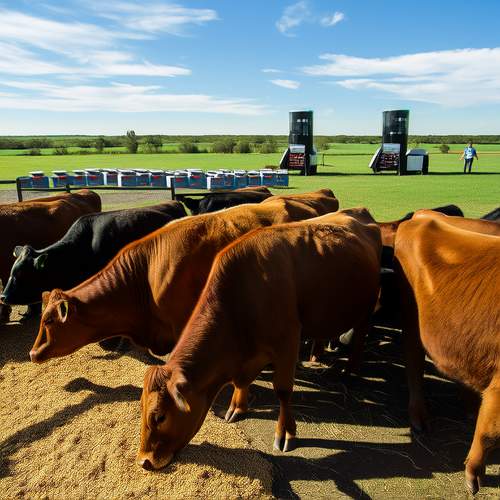
By /May 26, 2025
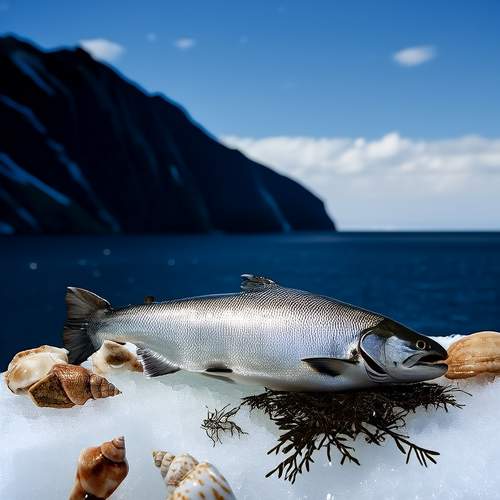
By /May 26, 2025

By /May 26, 2025
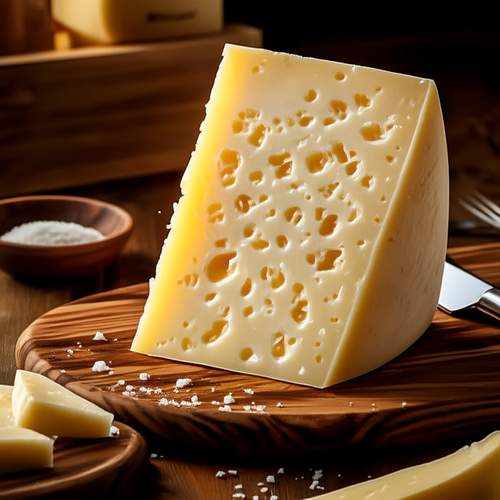
By /May 26, 2025
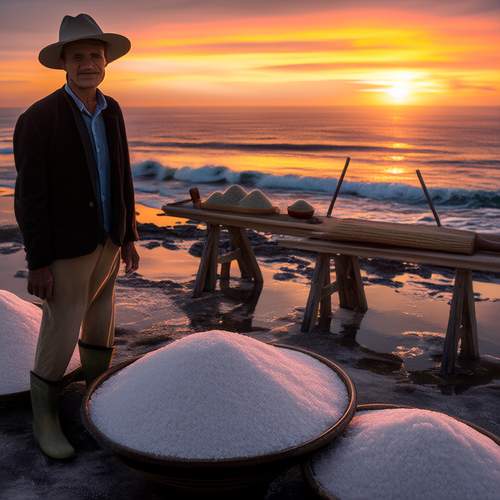
By /May 26, 2025
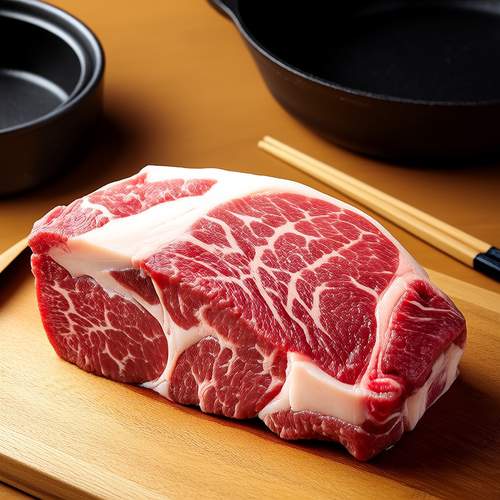
By /May 26, 2025
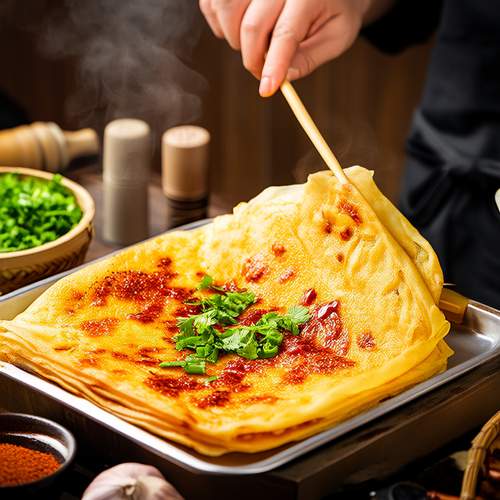
By /May 26, 2025
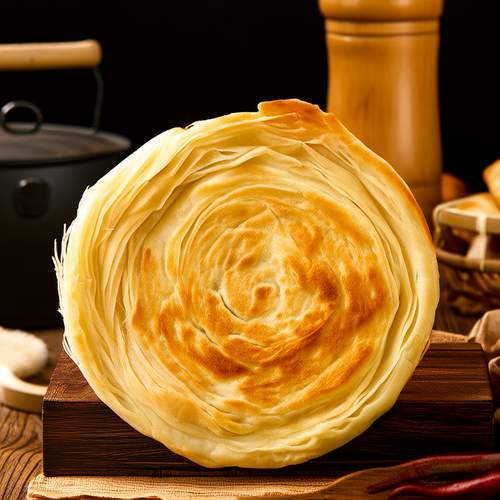
By /May 26, 2025

By /May 26, 2025
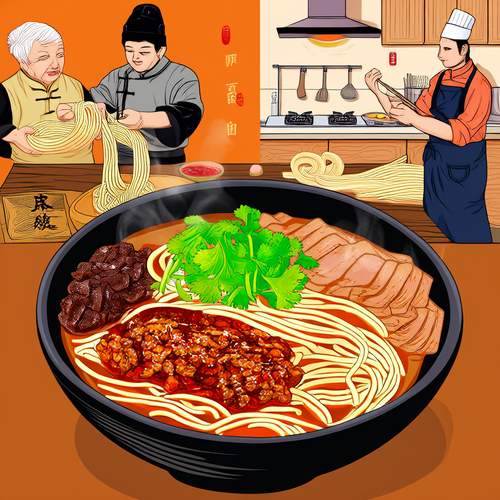
By /May 26, 2025

By /May 26, 2025
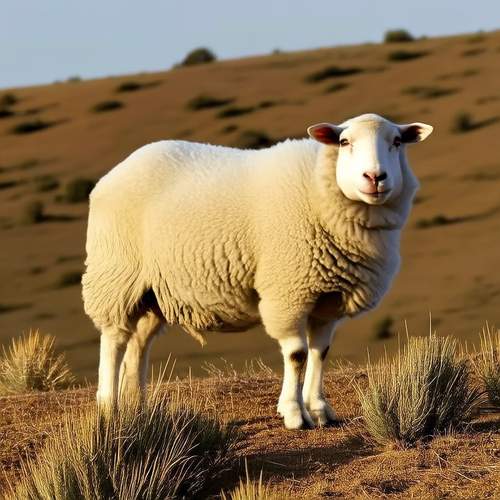
By /May 26, 2025

By /May 26, 2025

By /May 26, 2025
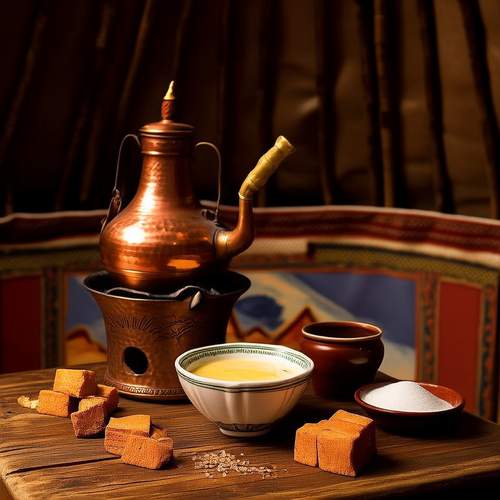
By /May 26, 2025
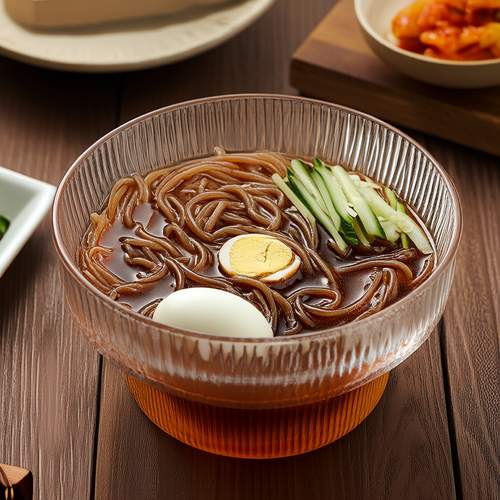
By /May 26, 2025

By /May 26, 2025
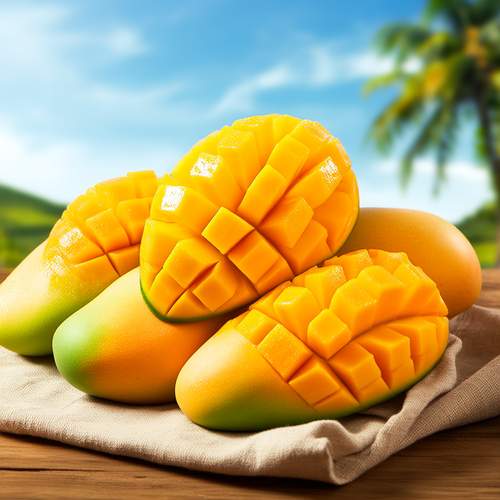
By /May 26, 2025
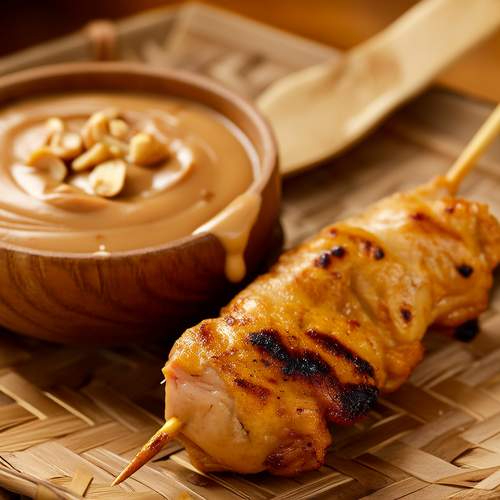
By /May 26, 2025
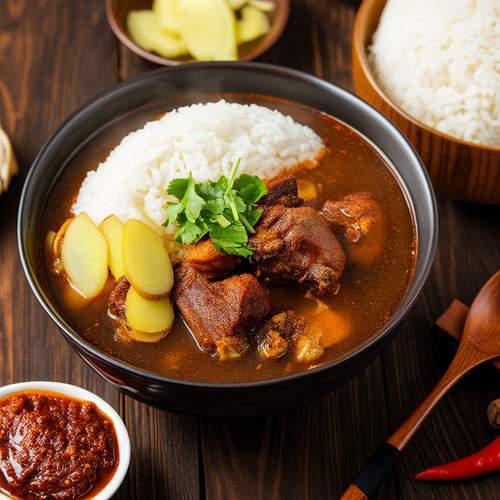
By /May 26, 2025